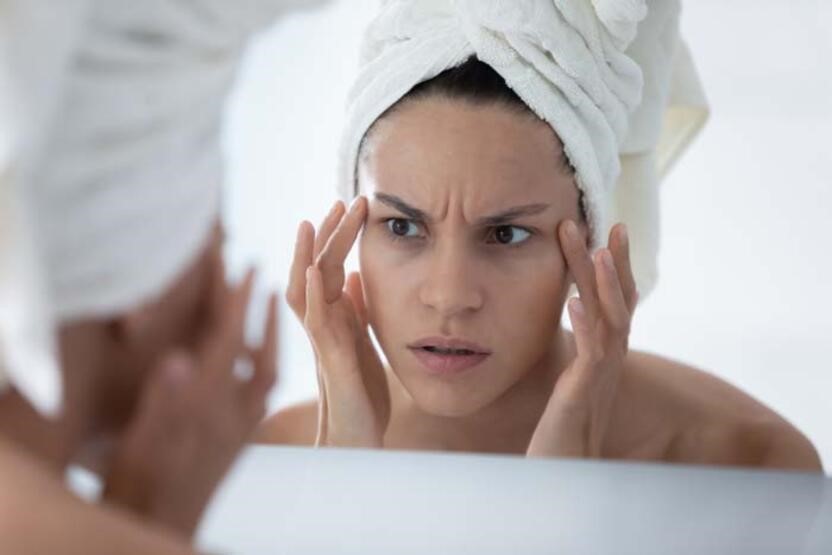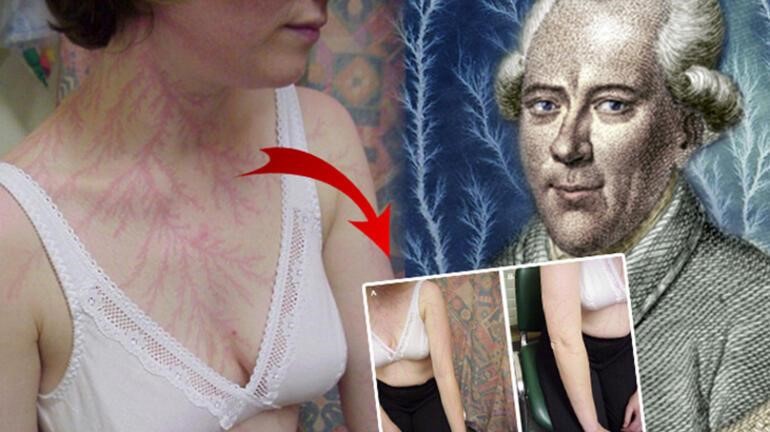
Working hours
- Mon - Fri : 09:00 - 18:00
Sat : 09:00 - 18:00
Sun : Closed
Contact us
- Telephone : 0 (553) 078 86 17
For international patients :
+447413929385 - bilgi@meldaozekinci.com
Stay in touch
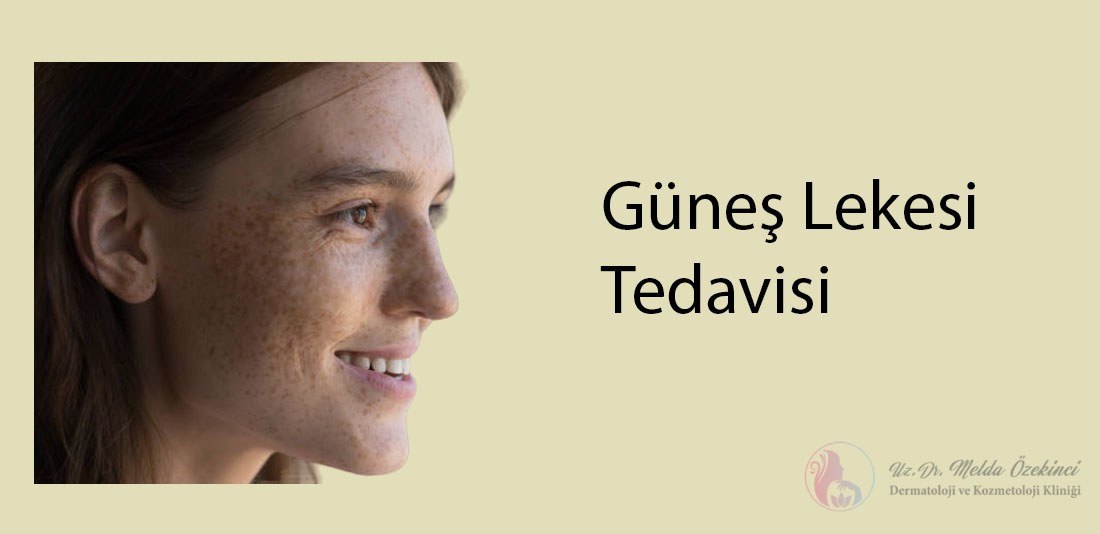
Sunspots are brown spots that appear on sun-exposed areas of the skin. It is possible to prevent sunspots, which most people complain about, with some precautions. So how do existing sunspots go away? Who is it more common in? Dermatologist Dr. Dr. Melda Özekinci talked about sunspots.

WHY DO SUNSPOTS OCCUR?
Ultraviolet A and Ultraviolet B rays from the sun affect the structure of the skin and cause skin diseases. After a short time, thickening and coarsening of the skin, which we call sunburn, tanning, brown spots and hyperkeratosis, appear. Concentration of melanin pigment cells, which gives color to the skin, in one area causes skin spots.
In other words, the concentration of melanin pigment in one area can also be caused by excessive sunbathing. The intensity of these sunspots may decrease over time. But as the skin continues to be exposed to the sun, both new spots form and existing spots become darker. In the long term, skin aging and skin cancer may occur.
CAN SUNSPOTS BE SEEN AT ANY AGE?
It usually occurs after the age of 20. It is more common in women between the ages of 20-40. It is less common in men. It occurs more in dark-skinned people than in light-skinned people.
WHAT CAN BE DONE TO PROTECT FROM SUNSPOTS?
Sunscreen cream should be used in all seasons, regardless of summer or winter. You should also wear sun-protective clothing, a wide hat, and stay in the shade at all times. It will be healthier for you to use sunscreen creams that are suitable for you, on the advice of a doctor. If these are not taken into account, it is inevitable that the stain will recur and increase, no matter what treatment method is used.
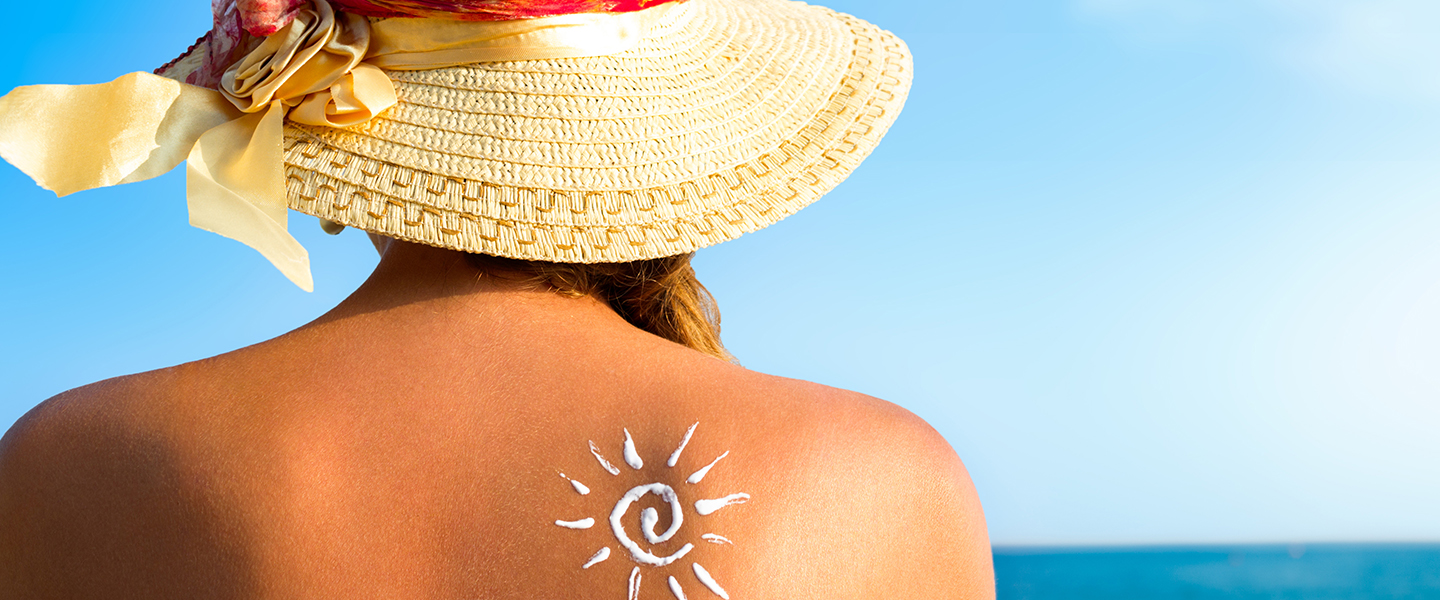
CAN SUN STAINS OCCUR ALSO IN DARK-SCALED PEOPLE?
People with dark skin color are more likely to develop spots. Especially after the spot treatment is done, the probability of the spot to reappear is higher. Therefore, after the end of the treatment, creams containing vitamin E and vitamin A should be continued to be used in order to suppress the formation of stains. In addition, when choosing a sunscreen cream, a broad-spectrum UVA and UVB chemical barrier should be chosen, and a physical barrier sunscreen containing iron oxide, which provides protection from visible light, which we call physical protector, should be chosen.
HOW PRECAUTIONS SHOULD LIGHT-Skinned Persons TAKE FOR SUNSPOTS?
Although there is less staining problem in blondes and redheads with white skin color, direct sunburns may occur in these people because they do not have tanning. If they do not use sunscreen cream, the risk of skin cancer increases over time due to the risk of burns.
HOW TO TREAT A SUNspot? IS THERE A PERMANENT TREATMENT METHOD?
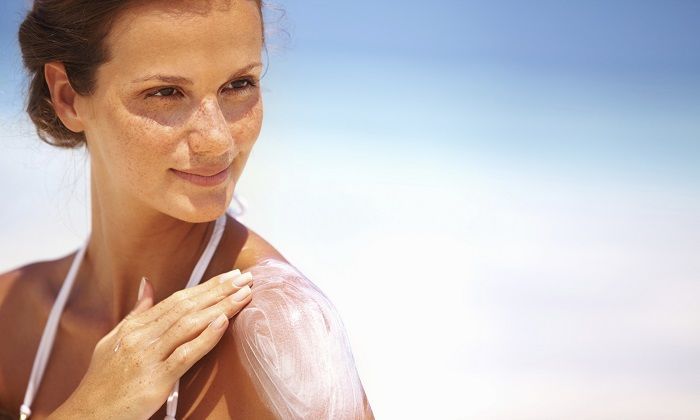
Although there are many treatment methods, their mechanisms of action are different from each other. At the beginning of these treatments, spot creams, oral antioxidant drugs, laser devices and chemical peeling are given alone or in combination. Hydroquinone comes first among the creams used by applying. Others are L-ascorbic acid, kojic acid, butylresorcinol, tranexamic acid, niacinamide, linoleic acid, vitamin E and carotene…
There are different lasers used in spot treatment. Fractional lasers that peel the top layer of the skin, Q-switched NdYag lasers that target melanin, which we call color cell, and IPL or blue light photodynamic devices, which are concentrated light sources, are the most commonly used light systems. In recent years, with the microneedle fractional radiofrequency system, an effective treatment is performed on both acne and spots without peeling the skin.
In all stain treatment methods, there is a low probability that the stain will reappear in the same area after the stain treatment is done. Therefore, a sunscreen cream with at least 30 SPF should be used continuously in summer and winter, and creams containing vitamin E or vitamin C should be continued to suppress the formation of stains. In addition, when choosing a sunscreen cream, a broad-spectrum UVA and UVB chemical barrier should be chosen, and a physical barrier sunscreen containing iron oxide, which provides protection from visible light, which we call physical protector, should be chosen.
CAN IT BE TREATED IN SUMMER? IS THERE A SUITABLE TREATMENT METHOD?
Although sunspots are the first thing that comes to mind when skin spots are mentioned, spots; It also occurs due to exposure to solarium light for tanning, pregnancy, taking birth control drugs, the effect of the sun on the newly healed skin after wounds or burns, and also due to some skin diseases. The winter season is seen as the most suitable period for the treatment of these spots.
In the treatment of formed spots, a dermatologist must be consulted. It is important to create a treatment plan according to the structure of the stain, skin color and season. The first step in the treatment of blemishes is the continuation of sun protection throughout the treatment. While some spot lightening creams are sufficient for some of the patients, some patients need procedures such as peeling or laser. The most common procedure for this purpose is glycolic acid salicylic acid chemical peels made with fruit acids. Peelings performed at intervals of 2-4 weeks allow the stained area on the upper layers of the skin to be flaked and peeled off. This chemical peeling process can only be done in winter months.
ARE THERE NATURAL METHODS THAT CAN TRANSFER SUNspots?
Herbal products for natural stain removal, oatmeal, soy, green tea, licorice, blueberry, vitamin B3, coffee currant, green tea, mulberry, grape seed, vitamin C, Chinese herbs, Aloe vera, cucumber, longan seed and raspberry.
 English
English 




